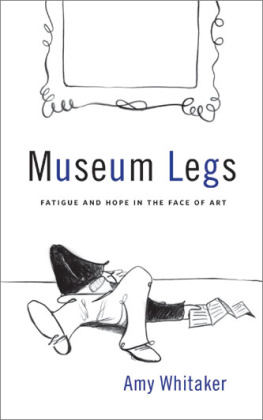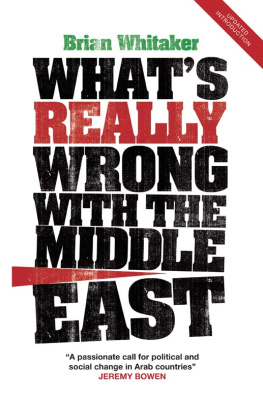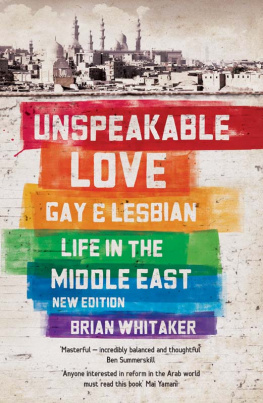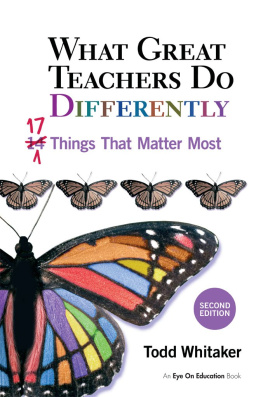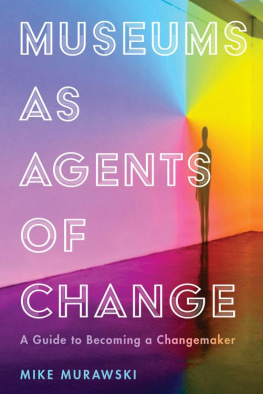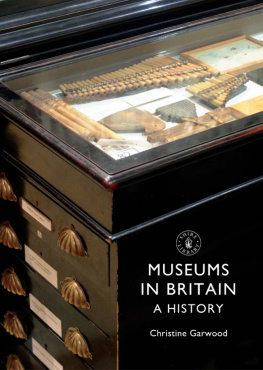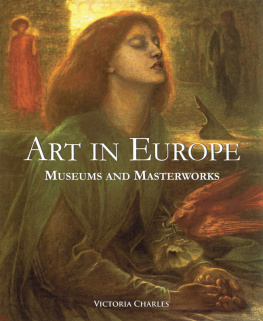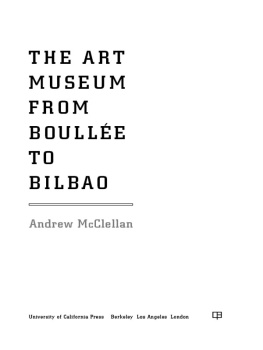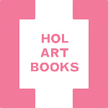Museum Legs
The age of museums is not to be confused with the age of art or the age of art appreciation.
Judith H. Dobrzynski
Several years ago, when I was new to London, I met friends, and friends of friends, to see an art exhibition. Our host was an affable and inviting entrepreneur with a surprising long suit in art history. With every introduction he seemed, more and more, to have assembled a classic group of chronic overachieversexuberant learners who had never met a test that didnt like them or a grandmother they couldnt charm. Everyone was full of boundless enthusiasm, professed art admirers if not aficionados.
Two hours and twenty dollars later, we left dejected and very little the wiser, one person complaining of museum legs and seeming more exhausted than after a harrowing soccer match. It was almost as if we had been pelted by art world intelligentsia wielding tiny knee hammers. Although I was a museum worker at the time, I too felt that gnawing tiredness and helpless pull downward on my heels. The physical sensation recalled an unending Suzuki violin Fiddle-a-Thon at the Hickory Springs Mall at the age of eight. But here, gravity was accompanied by gravitas, as it were, in the form of post-art confusion and general psychic deflation. The whole experience made us wonder: Were we uncultured losers with no stamina, or was this something beyond us?
It was early 2001 and museums were experiencing staggering successbuilding expansions, ambitious programs, and record numbers of visitors. But I wondered if our weariness pointed to a schism between museums outward success and their individual impact. In short, how was it possible that museums were doing so well as a field when I kept meeting people who seemed to feel skeptical, uninvolved, or just plain bored?
At that juncture I truly thought of museums as public institutions; I loved their potential almost as much as that of the Constitution or the Declaration of Independence. But it was impossible, seeing friends sacked out, looking existentially confused, not to see creeping trust issues. Maybe boredom, especially with regard to modern art, reflected skepticism toward the judgment of the museum, the critic, or the artist behind the work. The problem wasnt as simple as a knee-jerk aversion to contemporary art, but a more general and maddeningly vague sense that something was a little broken with the mechanism of trust.
From the perspective of a generalist visitor, boredom can be tricky to explore because that can be, well, boring. The phenomenon of museum legs seemed to speak to a power dynamic between museums and their visitors, between the arts and the general public, or between art as a rarefied discipline and as a universal language of expression. How was it possible we lived in one of the most overwhelmingly visual ages of all time, and the very institutions that could ground us were causing otherwise curious people to glaze over in mental stupor?
Little did I know on that rainy London afternoon, or in the conversations that followed, that these questions would take me to the far reaches of the earth as I knew it. If everyone has a concept of an infinite universe that in fact conforms exactly to the confines of ones own limited imagination, my personal version is a barbelled topography of art and finance, hovered over by a dense fog of earnest public-mindedness. An early career in the arts would give me the opportunity to work in a few of the worlds great art museums (what in the United Kingdom would be called galleries) during interesting times in their own historieswhether the opening of the Guggenheim Bilbao in Spain or shortly after the opening of Tate Modern in London.
I would study the economic building blocks of museums by going to business schoola decision confirmed by coin toss on the roof of the Guggenheim. Then I would go to art school to paint, inexorably guinea-pigging myself into my own thesis: that the experience of actually making art enlivens peoples relationship to art in museums, that everyone is an artist and therefore a citizen of the art world, and that museums would do well to help people to look at art as artists, not only as appreciators though the lens of narrative art history. In the two years I would spend inhaling paint fumes in a windowless studio, I would formulate endless views of what museums could be like, or how people couldtheres no right verb hereexperience, own, make, think differently about, or simply see art. I would come to see museums as an artist might, only with economics, finance, and institutional structure on the palette.
Nothing about my experience is inherently important so much as it is emblematic of what it is to be a generalist in relation to the arts. I knew bankers who worked where my art school classmates skateboarded. I watched the director of a major museum load the office dishwasher and discuss his five-year plan. And I would contextualize these experiences thanks to some of the worlds great library cards.
My story happens to blur boundaries and cross bridges and mix information across fields, which is coincidentally exactly what museums do, or have the capacity to do. They draw on threads of art history, creativity, finance, politics, and psychology to make themselves work. Therefore, explaining my personal stake harpoons, if you will, by proxy the larger museum whale. And that whale is inseparable from treacherous and even more slippery topics like institutional form and the nature of art.
What is at stake with museum fatigue is not as simple as some people like golf, some like crocheting, others like art museums. The thesis of this book is that art museumsin their best, ideal sensehave the capacity to function as an anchor. They are the only institutions related to visual cultureby which I mean advertising, film, television, and commercial art galleriesnot trying to sell their wares, Monet mugs aside. The extent to which this is true makes museums trustworthy, that is, public institutions in the service of training the visual mind. They are like a trusted judge, not just in the art world but in relation to creativity, imagination, and visual thinking in the world at large. This thesis requires thinking about museums a bit differently, not so much within an isolated field of art history or in relation to the market economy for art, but in the general realm of imagination and visual faculties. Art is less a subject area and more a general field of endeavor, one point of access to the age-old question of how to live. In that context museums provide a steady point of focus, as sleepy and vital as governments.
In the bluntest terms, art museums risk being commercial institutions in which art is subsumed by economics and the experience of looking at art becomes a form of consumption. But then art does not yield to the bluntest terms. It must be approached indirectly rather than pinpointed. In the words of Tate Modern Director Vicente Todoli, I decided writing on art was meaningless. You must write around it in an elliptical way.

